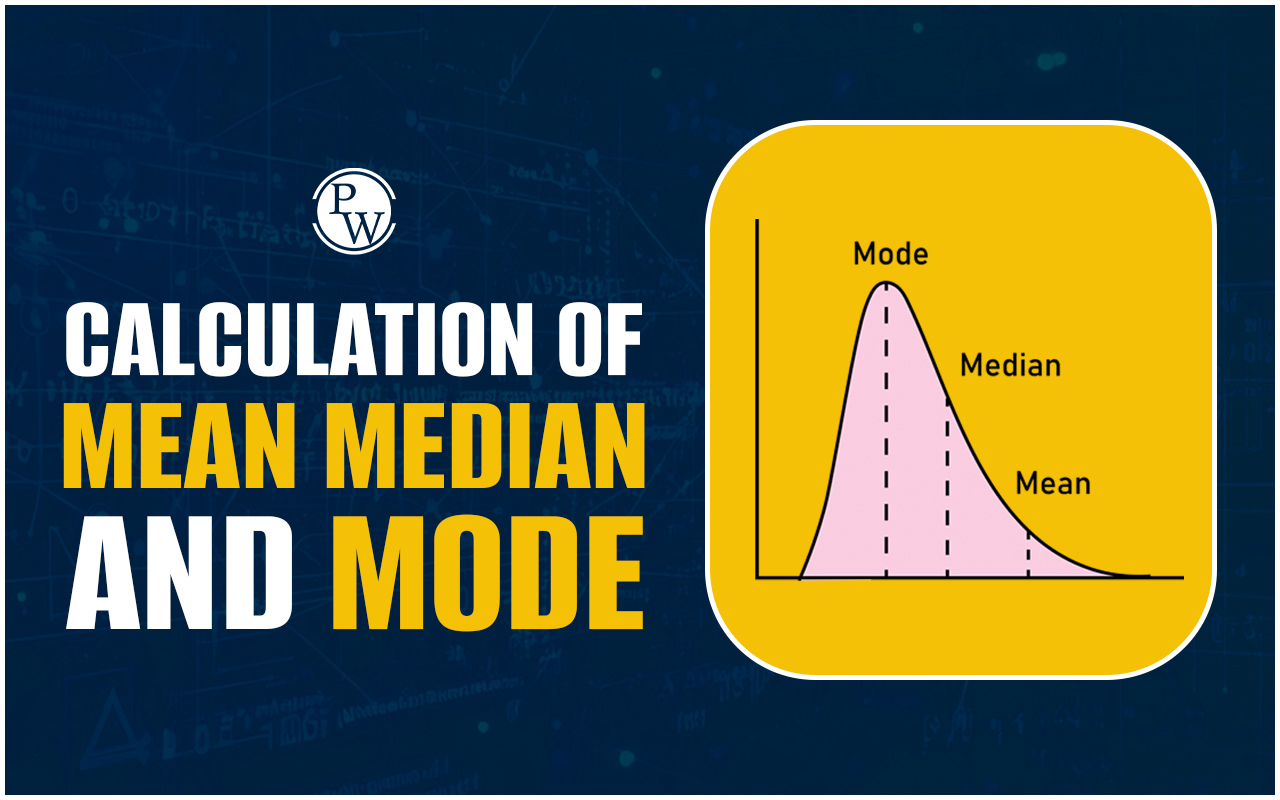

In economics, Changes in Demand plays an important role in shaping market behavior, affecting everything from prices to consumer choices. The concept of demand refers to the quantity of a good or service that consumers are willing and able to purchase at different price levels within a given period. However, the demand for a product does not solely depend on its price. Other factors such as consumer preferences, income levels, and the prices of related goods also influence demand. When these factors change, the demand curve shifts, indicating an alteration in demand. This blog delves into the reasons behind these Changes in Demand, how they impact markets, and why understanding them is crucial.
What is a Change in Demand?
A Change in Demand refers to a shift in the entire demand curve, not a movement along it. The demand curve shows the relationship between the price of a good and the quantity demanded by consumers. When there is a change in demand, it implies that at every price point, the quantity demanded has either increased or decreased. This shift can occur to the right (an increase in demand) or to the left (a decrease in demand). Importantly, this shift is caused by factors other than the price of the product itself. For example, if the demand for a product increases, the demand curve shifts to the right, signaling that consumers are now willing to buy more of the product at the same price. Conversely, a leftward shift indicates a decrease in demand, suggesting that consumers are less willing to buy the product at the same price.Key Determinants of Changes in Demand
Several factors can cause Changes in Demand, including:Income of Consumers
When consumers' income rises, they generally have more purchasing power. This leads to an increase in demand for normal goods. As a result, the demand curve shifts to the right. For instance, when people receive a salary raise, they may purchase more luxury items, increasing the demand for these goods. Conversely, if consumers' incomes decrease, demand for normal goods may fall, causing a leftward shift in the demand curve.Prices of Substitute Goods
A Change in Demand can occur when the price of a substitute good rises or falls. Substitute goods are those that consumers can use in place of another product. For example, if the price of tea increases, the demand for coffee (a substitute good) may increase as consumers switch to the less expensive option. This leads to a rightward shift in the demand curve for coffee. Conversely, if the price of a substitute good decreases, the demand for the original product may decrease, shifting the demand curve to the left.Prices of Complementary Goods
Complementary goods are those that are consumed together. A change in the price of a complementary good can affect the demand for the original product. For instance, if the price of printers decreases, the demand for ink cartridges may increase since these goods are often used together. This results in a rightward shift in the demand curve for ink cartridges. On the other hand, if the price of a complementary good rises, the demand for the original product may decrease, causing the demand curve to shift leftward.Changes in Consumer Preferences
Changes in Demand can also be triggered by shifts in consumer preferences. A change in tastes or attitudes towards a particular good can significantly influence demand. For example, if there is a growing awareness of the environmental benefits of electric cars, the demand for these vehicles may increase. This causes the demand curve for electric cars to shift to the right. If a product falls out of favor or a new trend emerges, the demand for the product can decrease, shifting the demand curve leftward.Expectations about Future Prices
Consumers’ expectations about future price changes can lead to Changes in Demand. If consumers anticipate that the price of a product will rise in the future, they may increase their current demand for the product, leading to a rightward shift in the demand curve. For instance, if people expect the price of fuel to rise, they may purchase more gasoline now to stock up. Similarly, if consumers expect prices to fall in the future, they may reduce their current demand, shifting the demand curve to the left.Population Changes
A Change in Demand can also be attributed to changes in the size or structure of a population. An increase in population typically leads to an increase in demand for various goods and services. For example, a growing population may result in higher demand for housing, food, and transportation. This causes the demand curves for these products to shift to the right.Climatic and Seasonal Factors
Changes in Demand can be influenced by seasonal or climatic changes. For example, during winter, the demand for warm clothing, heaters, and hot beverages increases, leading to a rightward shift in the demand curves for these products. Conversely, demand for certain products may decrease during off-seasons, causing a leftward shift in the demand curve.Implications of Changes in Demand
Changes in demand have significant implications for both consumers and producers. When demand increases, producers may raise prices or increase production to meet the higher demand. This can lead to higher revenues and potentially more profit. However, if demand decreases, producers may need to lower prices or cut back on production to avoid surplus inventory. For consumers, a rightward shift in demand may mean higher prices and less availability, while a leftward shift can lead to lower prices and greater availability. In conclusion, Changes in Demand are an essential concept in understanding how markets work. These changes are driven by a variety of factors, including shifts in consumer income, preferences, the prices of related goods, and more. Understanding the determinants of Changes in Demand allows businesses, policymakers, and consumers to anticipate market trends, adjust strategies, and make informed decisions. As the demand curve shifts, so do the opportunities and challenges in the marketplace, making it crucial to stay updated on these changes to navigate the economic landscape effectively. By recognizing the role of income, preferences, substitute goods, and complementary goods, among other factors, we can better understand how shifts in demand influence overall market conditions. Join PW Commerce Online Course and unlock your potential with quality education and dedicated learning support.The Changing Role of Public Sector FAQs
What causes a change in demand?
A change in demand is caused by factors other than the price of the product. These factors include changes in consumer income, preferences, the prices of substitute and complementary goods, expectations about future prices, population changes, and seasonal or climatic factors.
How does an increase in consumer income affect demand?
When consumer income increases, demand for normal goods generally increases. Consumers have more purchasing power, which allows them to buy more products, shifting the demand curve to the right. On the other hand, a decrease in income typically leads to reduced demand for normal goods.
What is the difference between a change in quantity demanded and a change in demand?
A change in quantity demanded refers to a movement along the same demand curve, typically caused by a change in the price of the product. In contrast, a change in demand refers to a shift in the entire demand curve, which is driven by factors such as income, preferences, and prices of related goods.
How do the prices of substitute goods impact demand?
When the price of a substitute good rises, the demand for the original product may increase as consumers switch to the cheaper alternative. This causes the demand curve for the original product to shift to the right. Conversely, if the price of a substitute good decreases, demand for the original product may decrease, shifting the demand curve to the left.
Can changes in weather or seasons affect demand?
Yes, weather and seasonal changes can cause fluctuations in demand. For example, during winter, demand for products like heaters, warm clothing, and hot drinks increases, leading to a rightward shift in the demand curve for these items. Conversely, demand may decrease for these products in warmer months.
Talk to a counsellorHave doubts? Our support team will be happy to assist you!

Check out these Related Articles
Free Learning Resources
PW Books
Notes (Class 10-12)
PW Study Materials
Notes (Class 6-9)
Ncert Solutions
Govt Exams
Class 6th to 12th Online Courses
Govt Job Exams Courses
UPSC Coaching
Defence Exam Coaching
Gate Exam Coaching
Other Exams
Know about Physics Wallah
Physics Wallah is an Indian edtech platform that provides accessible & comprehensive learning experiences to students from Class 6th to postgraduate level. We also provide extensive NCERT solutions, sample paper, NEET, JEE Mains, BITSAT previous year papers & more such resources to students. Physics Wallah also caters to over 3.5 million registered students and over 78 lakh+ Youtube subscribers with 4.8 rating on its app.
We Stand Out because
We provide students with intensive courses with India’s qualified & experienced faculties & mentors. PW strives to make the learning experience comprehensive and accessible for students of all sections of society. We believe in empowering every single student who couldn't dream of a good career in engineering and medical field earlier.
Our Key Focus Areas
Physics Wallah's main focus is to make the learning experience as economical as possible for all students. With our affordable courses like Lakshya, Udaan and Arjuna and many others, we have been able to provide a platform for lakhs of aspirants. From providing Chemistry, Maths, Physics formula to giving e-books of eminent authors like RD Sharma, RS Aggarwal and Lakhmir Singh, PW focuses on every single student's need for preparation.
What Makes Us Different
Physics Wallah strives to develop a comprehensive pedagogical structure for students, where they get a state-of-the-art learning experience with study material and resources. Apart from catering students preparing for JEE Mains and NEET, PW also provides study material for each state board like Uttar Pradesh, Bihar, and others
Copyright © 2025 Physicswallah Limited All rights reserved.











